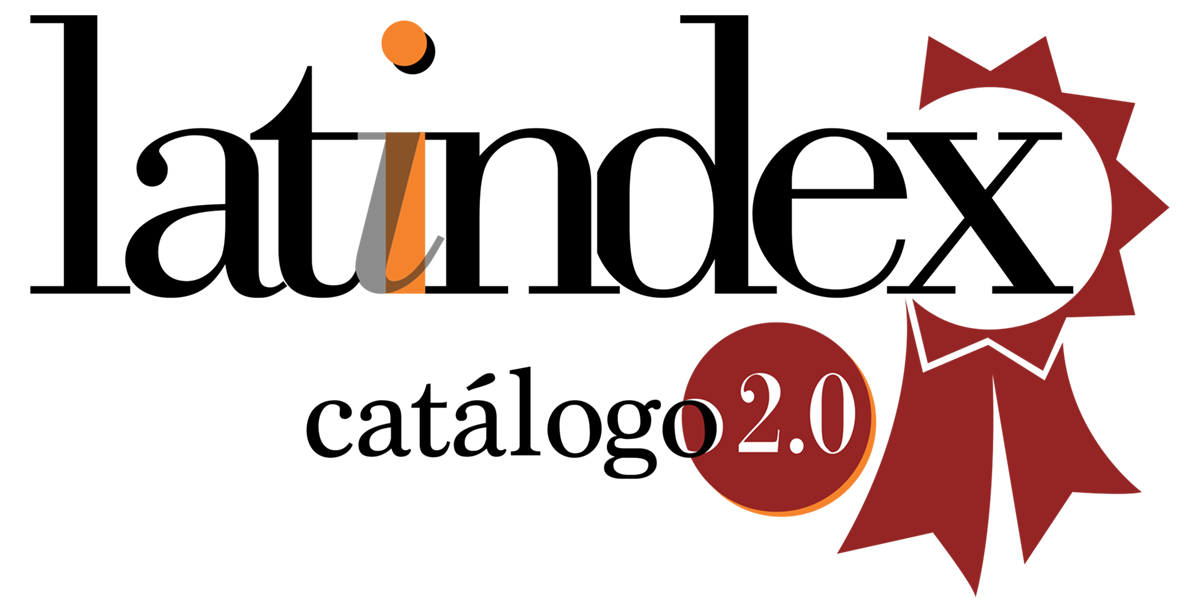Innovative technologies for the learning of students with autism spectrum disorder
DOI:
https://doi.org/10.33936/psidial.v4i1.7126Keywords:
Technology, learning, autism spectrum disorder, parents, clinical psychologistAbstract
Information and Communication Technologies (ICT) are essential for the learning of students with Autism Spectrum Disorder (ASD), as they allow for personalized educational approaches, foster social skills, and increase motivation. This study focused on the Emilio Bowen Roggiero Educational Unit, analyzing deficiencies in the implementation of innovative technologies in the education of these students. Through a comprehensive review of the scientific literature, relevant theoretical elements were identified to serve as the foundation for the research, and key components were defined for the development of a didactic strategy. The methodology was based on a qualitative and descriptive approach, employing inductive and bibliographic methods, and using structured questionnaires through interviews with teachers, parents, and clinical psychologists. The results indicate that ICT can be effectively adapted to the individual needs of students with ASD. However, significant challenges were also identified, such as the lack of technological resources, the need for adequate teacher training, and the appropriate selection of technological tools. Furthermore, the importance of active collaboration among all stakeholders in the educational process is emphasized. In conclusion, innovative technologies have great potential to improve the learning of students with ASD, provided they are tailored to their specific needs and supported by a committed educational community that enhances their implementation.
Downloads
References
Alcívar, Y. A. ( 2023 ). Estrategias y enfoques para promover . Revista Científica FIPCAEC , 8(2), 377-390. https://www.fipcaec.com/index.php/fipcaec/article/view/829
Al-Rashaida, M. A.-P.-N. (2022). Al-Rashaida, M., Amayra, I., López-Paz, J. F., Martínez, O., Lázaro, E., Berrocoso, S., García, M., Pérez, M., Rodríguez, A. A., Luna, P. M., Pérez-Núñez, P.,Studying the Effects of Mobile Devices on Young Children with Autism Spe. A Systematic Literature Review. Review Journal of Autism and Developmental Disorders,, 9,(400-415).
https://dialnet.unirioja.es/descarga/articulo/9271405.pdf
Al-Rashaida, M. A.-P.-N. (2022). Al-Rashaida, M., Amayra, I., López-Paz, J. F., Martínez, O., Lázaro, E., Berrocoso, S., García, M., Pérez, M., Rodríguez, A. A., Luna, P. M., Pérez-NúStudying the Effects of Mobile Devices on Young Children with Autism Spectrum . A Systematic Literature Review.
Review Journal of Autism and Developmental Disorders, 400-415. https://link.springer.com/article/10.1007/s40489-021-00264-9
Association., A. S.-L.-H. (s.f.). Augmentative and alternative communication (AAC). American Speech-Language-Hearing Association. (1997). Augmentative and alternative communication (AAC). http://www.asha.org/public/speech/
disorders/AAC.htm.
Fernández-Cruz, F. J.-L. (2024). La competencia digital docente y el diseño de situaciones . Bordón. Revista de Pedagogía, 76(2), 11-24. https://doi.org/10.13042/Bordon.2024.106342
Goldsmith, T. R. (2004). GoldsmithUse of technology in interventions for children with autism. Goldsmith, T. R., y LeBlanc, L. A. (2004). Use of technology in intJournal of Early and Intensive Behavior Intervention, 1, 166. https://doi.org/10.1177/1362361313476767
Gómez-León, M. I. (2019). Góm Conexión neuronal en el trastorno del espectro autista. . Psiquiatría biológica, 7-14. https://doi.org/10.1016/j.psiq.2019.02.001
GOMEZ-LEON, M. I. (2024). GOMEZ-Avances en la tecnología para el desarrollo de la competencia social del alumnado con trastornos del espectro autista. Revisión sistemática., 156-185. http://www.scielo.edu.uy/scielo.php?script=sci_
arttext&pid=S1688-74682023000200156&lng=es&nrm=iso
Kanner, L. (1943). Autistic disturbances of affective contact. . Nervous Child , 2, 217-250. https://psycnet.apa.org/record/1943-03624-001
Rashedi, R. N., Bonnet, K., Schulte, R. J., Schlundt, D. G., Swanson, A. R., Kinsman, A., Bardett, N., Juárez, P., Warren, Z. E., Biswas, G., & Kunda, M. . (2022). Opportunities and Challenges in Developing Technology-Based Social Skills Interventions for Adolescents with Autism Spectrum Disorder. A Qualitative Analysis of Parent Perspectives., 52(10). https://
doi.org/10.1007/s10803-021-05315-y
Rojas, F. T. (2016). Dynamic social formations of pedestrian groups navigating and using public transportation in a virtual city. The Visual Computer, 32(3), 335-345. https://link.springer.com/article/10.1007/s00371-015-1187-7
Sanromà-Giménez, M. L.-C.-C. (2018). El papel de las tecnologias digitales en la intervencion educativa de niños con trastorno espectro autista. RIITE. Revista Interuniversitaria de Investigación en Tecnología Educativa, 4, 41-54. http://hdl.handle.net/10201/72845
Speech-Language, A. (1997). Augmentative and alternative communication (AAC). American Speech-Language-Hearing Association. (1997). Augmentahttp://www.asha.org/public/speech/disorders/AAC.
Downloads
Published
Issue
Section
License
Copyright (c) 2024 Andrea Elizabeth Barberán Gomez, Maria Veronica Lazo Moreira

This work is licensed under a Creative Commons Attribution-NonCommercial-ShareAlike 4.0 International License.


















